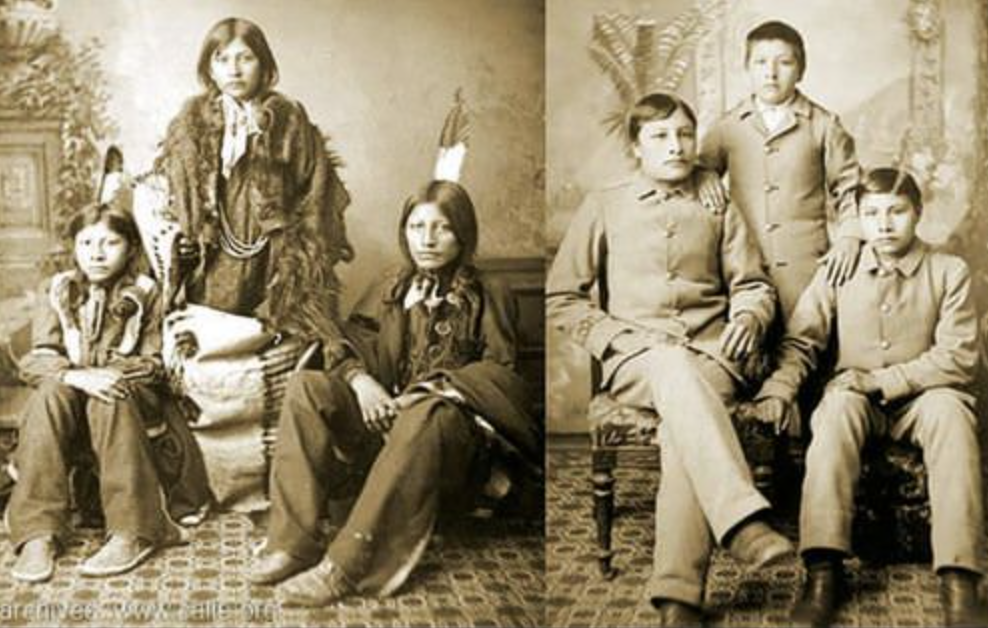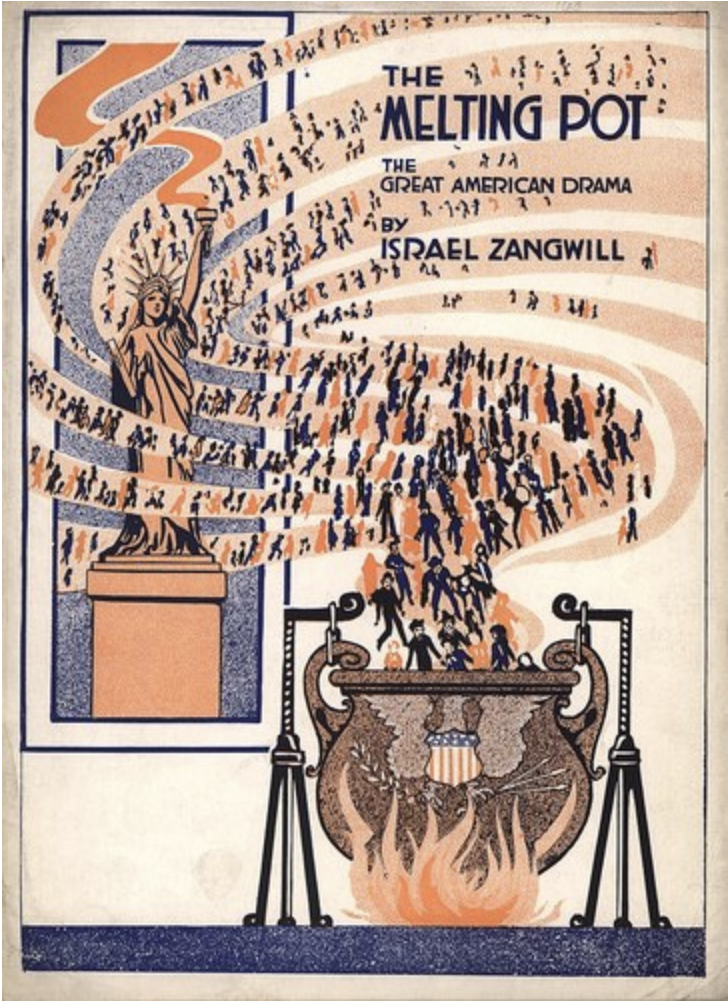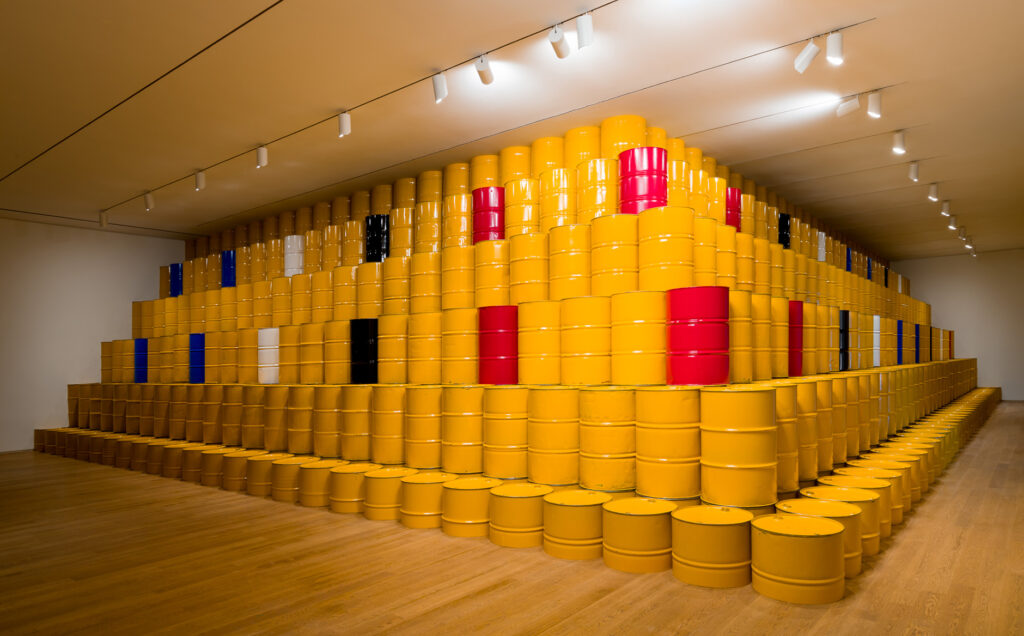Some Considerations about Cultural Assimilation
written by art historian & curator
Today we are all experiencing cultural assimilation in one way or another. The continuous exposure to major social, cultural, and economic events such as globalization, war, and immigration are some of the predominant issues of contemporary times in which people are interconnected in several ways. Through this exposure, individuals adopt the cultural norms, values, practices, and behaviors of another culture, the dominant culture. Nevertheless, the process goes on both sides as not only does the assimilated culture feel a major loss of identity, but the dominant culture is experiencing a dilution of its own values or practices, creating a cultural gap regarding their ancestors.
Join our free online talks:
Cultural assimilation can also have a significant impact on artistic practices and expressions. It can give birth to new art forms that blend elements from multiple cultures. Artists and communities draw inspiration from their cultural surroundings, which represent a reservoir of symbols and metaphors ready to be employed in their works. These cultural symbols carry layers of meaning that resonate with assimilated cultures. Culture shapes the audience’s understanding and interpretation of art. Art is not created in isolation but is meant to be experienced and understood within a cultural context. How is cultural assimilation expressed by contemporary artistic practices and what are the main aspects of it, we are going to analyze this in the next paragraphs.
What is cultural assimilation and when it occurs
Cultural assimilation is a matter of concern in various parts of the world today. While the specific dynamics and contexts vary, cultural assimilation remains a complex issue in contemporary society as it regards a shift in cultural identity and integration of one’s original culture with the dominant culture.

In some cases, communities may voluntarily assimilate to fit in, gain social acceptance, or pursue economic opportunities in a new cultural context. They may adopt the dominant culture’s language, customs, traditions, and beliefs while gradually relinquishing aspects of their original culture. In other instances, cultural assimilation may be enforced, particularly when a dominant culture imposes its practices and language on a marginalized culture. This normally happens through policies, institutions, or systems that suppress the expression of the original culture and promote the adoption of the dominant culture.
Cultural assimilation can have both positive and negative consequences. On one hand, it can facilitate social integration, cultural exchange, and the development of shared identities. It can promote understanding, empathy, and cooperation among different cultural groups. Assimilation can also provide individuals with opportunities for education, employment, and social mobility in their new cultural environment. On the other hand, cultural assimilation can lead to the loss of cultural diversity, the erosion of unique traditions, and the marginalization of minority cultures. It can result in the suppression of languages, abandonment of cultural practices, and weakening social cohesion within the assimilated community.
How does cultural assimilation affect artistic practices
Culture plays a fundamental role in shaping and influencing art in various ways. Art is a product of human creativity and culture provides the context, values, traditions, and social dynamics within which artistic expressions emerge.

When individuals undergo cultural assimilation, their artistic traditions and practices may be transformed or suppressed. As communities engage with different artistic traditions, they combine aspects of their original culture with those of the dominant culture, resulting in hybrid art forms. These artistic expressions can be seen as a reflection of cultural integration and adaptation. While cultural assimilation can bring challenges, it can also facilitate cultural exchange and artistic enrichment. Cultural assimilation provides opportunities for cross-cultural collaboration, innovation, and the exploration of diverse artistic influences.
In other cases, cultural assimilation involves the appropriation of artistic practices from minority cultures by the dominant ones. This appropriation raises concerns about power imbalances and the misrepresentation of their cultural heritage. Most often these cultural situations reflect a loss of the original context and significance of minority’s patterns. A visible result of the loss is the marginalization or decline of traditional artistic practices. Because individuals and communities prioritize integration into the dominant culture, they often abandon their original artistic traditions. This loss is expressed in the erosion of cultural diversity and the disappearance of unique artistic expressions. Nowadays, artists and communities consciously work to preserve, revive, or reinterpret their cultural heritage as a form of resistance against assimilation. The incorporation of traditional elements into contemporary artistic expressions generates original art forms and promotes cultural diversity at a higher level.
Postcommodity is a collective of Native American artists based in the United States. Their work challenges assimilation and advocates for indigenous rights and cultural preservation. They use a variety of mediums, including installation, performance, and sound art, to address issues such as colonialism, land rights, and the resilience of indigenous communities. The collective defines itself as a voice that challenges the ”ever-expanding, multinational, multiracial and multi-ethnic colonizing force that is defining the 21st Century through ever-increasing velocities and complex forms of violence.”
”South By North Is Also North By South” was created in 2021 at the request of Remai Modern Museum and consists of 250-liter steel barrels painted in different colors to suggest the type of waste being placed near the Indigenous communities. The work is a comment on how dominant culture suppresses local communities, how their resources are being exploited, and how waste is being stored on their premises.
British-Nigerian artist Yinka Shonibare examines cultural identity and the effects of colonialism in his work. Through sculptures, installations, and photography, he explores the complexities of assimilation and questions notions of authenticity and cultural heritage. Shonibare’s use of African fabrics and European colonial imagery in his works highlight the interplay between cultures and challenges traditional understandings of assimilation. In this year’s Art Basel, Shonibare presents a piece reflecting upon the most important names in African history. The installation ”The African Library” takes the shape of a library where books are named on the sides after important African personalities. Some we recognize such as Nelson Mandela or Kwame Nkrumah but others are just blank leaving space for new African figures to make a statement in history. The goal of the work is to help the audience become more knowledgeable about the history of this continent but also to rewrite it from the colonialist perspective where locals struggled to liberate and be successful.

Industrialization & Globalization as Factors for Identity Loss
Industrialization and globalization have been significant factors contributing to identity loss in various societies around the world by profoundly altering the economic and cultural landscapes. The two factors have disrupted traditional social structures, economic systems, and cultural practices. Rural and agricultural communities once deeply rooted in their local traditions and identities, have experienced rapid urbanization. The shift towards industrial and service-based economies displaced them from traditional livelihoods and created a sense of disorientation and loss of cultural identity. The processes of industrialization and globalization have facilitated the spread of dominant cultural influences, often associated with Western norms. The dominance of mass media, global brands, and consumer culture has led to a homogenization of cultural practices and undermined the uniqueness of local cultural identities. As people adopt more standardized and globally influenced lifestyles, the process leads to a weakening of individual and collective identities.
The Dilution of the Dominant Culture
In the process of cultural assimilation, where a minority or marginalized culture comes into contact with a dominant culture, there can be instances where the culture of the dominant group dilutes due to the influence of the assimilated culture. Great ex-empires such as Germany, The United Kingdom, and France are some of the biggest colonialist cultures of the world. But they seem to be feeling today, after so many years of cultural assimilation, that their values and practices have lost part of their authenticity and strength. Cultural assimilation involves a two-way exchange of ideas, practices, and values between the dominant and assimilated cultures. As individuals from the assimilated culture integrate into the dominant culture, they may bring elements of their own culture, which can be adopted and adapted by the dominant group. This cultural borrowing can lead to a dilution of the dominant culture as it absorbs and incorporates aspects of the assimilated culture. The most visible aspects of assimilation reflect in everyday behavior. Over time this can bring shifts in social norms within the dominant culture. Intercultural relationships and marriages also contribute to the dilution of the dominant culture. Overall, the blending of cultures may lead to a certain degree of identity dilution, an aspect that creates a sense of loss among the inhabitants of the dominant culture, nostalgia, and the revival of a possible extremist nationalism.

It is important to approach the relationship between cultural assimilation and artistic practices with sensitivity and respect for the diversity of experiences involved. The audience’s cultural background influences their aesthetic preferences, ability to decode symbolism, and the emotional responses elicited by the artwork. It is important to value each other’s cultural richness and promote its uniqueness as the true value of a healthy growing community so that future generations can develop on fertile soil.
GET MORE FROM LEVEL



Leave a Reply